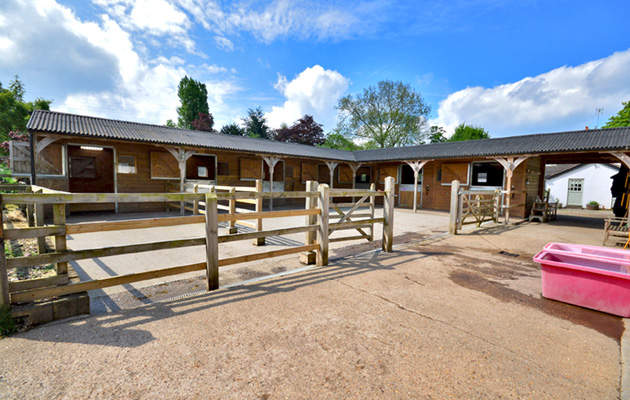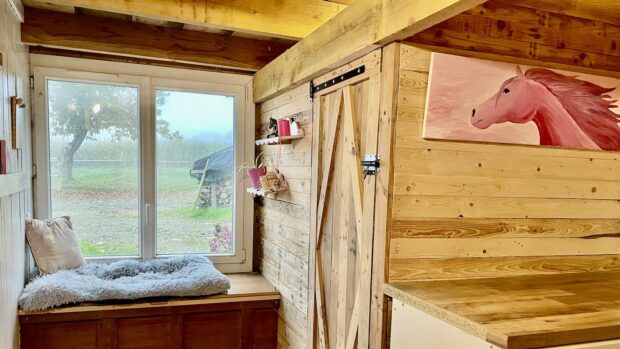Building stables can present as many pitfalls as building your own home. Before you start thinking about stable design and type, check whether you need planning permission; in most cases, even when use is private rather than commercial, you will.
The only exceptions are where stables are built within the curtilage of the house, but a lack of hard definitions means it’s always best to consult your local planning office. It may also be needed if you convert existing buildings, so don’t take chances.
A chat with your neighbours to explain your plans in advance will often go a long way. Concerns or misconceptions about noise and smell, for example, can often easily be overcome with some reassurance that these are things you’ve considered.
If your site is in the middle of nowhere, remember that manufacturers need access for large lorries. If access to your site is very narrow, consider how to work around this and make sure you let suppliers and workmen know in advance so they can plan too!
If your stables are going next to an existing building, allow enough space between the two for the building crew to manoeuvre. Remember to factor in any ‘extras’ you might want. For example, do you need a tack room or hay storage area building in?
How to build stables: key considerations
Once you’ve got the go-ahead, check out manufacturers and conversion specialists. Your chosen specialists will offer help on everything from base construction to design, but points to keep in mind include:
- The base is as important, and perhaps expensive, as the stables. Stables are made to fit, so it’s worth getting the base laid professionally.
- Think long-term. Buy the best and as much as you can afford: if you eventually plan extra buildings, build your base accordingly.
- The bigger the box, the better. The standard 12ft by 12ft stable is really too small for anything over 16hh. Dirty horses are cleaner in big boxes – something you’ll appreciate if you’re doing the mucking out!
- Good ventilation is vital. High level vents, preferably at the ridge, are essential.
- Go for high pitched ceilings, which will allow a greater volume of air to dilute ammonia from urine.
- A window in the back as well as the front is a plus point for ventilation and your horse will appreciate the extra view.
- Compatible horses will prefer grilles between stables rather than blank walls, but position manger and haynets carefully so that there is no jealousy or squabbling.
- Don’t skimp on kickboards — flying hooves go a long way — or chew strips.
- American barns are great for the people who work in them, but need extra thought putting into their design to safeguard horse’s respiratory health.
- Choose your storage options carefully. Storing hay or straw next to or above stables could undo your work installing good ventilation, so try to create a separate storage area if possible. You should also consider fire safety.
Need help? Speak to your local authority planning office, chosen specialists, or try the agricultural advisory by visiting www.adas.co.uk.
You might also be interested in:

How to get planning permission for stables

How green is your yard? 6 budget-busting eco-friendly solutions
Eco-friendly design can be incorporated into everything from light bulbs to storage solutions — and it could save you money

Subscribe to Horse & Hound magazine today – and enjoy unlimited website access all year round
Horse & Hound magazine, out every Thursday, is packed with all the latest news and reports, as well as interviews, specials, nostalgia, vet and training advice. Find how you can enjoy the magazine delivered to your door every week, plus options to upgrade your subscription to access our online service that brings you breaking news and reports as well as other benefits.




